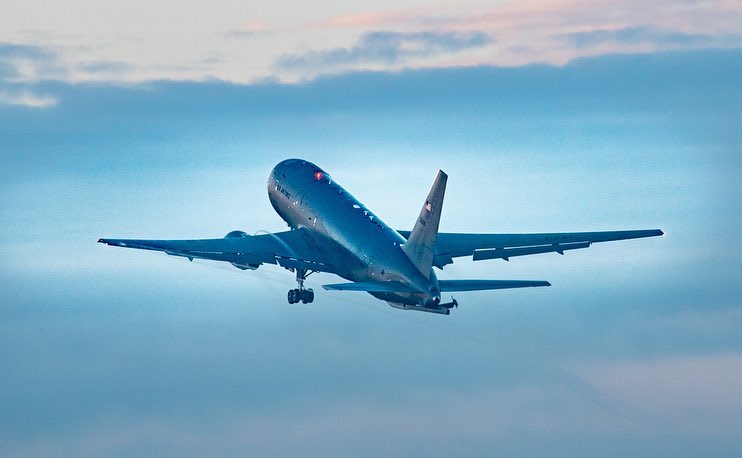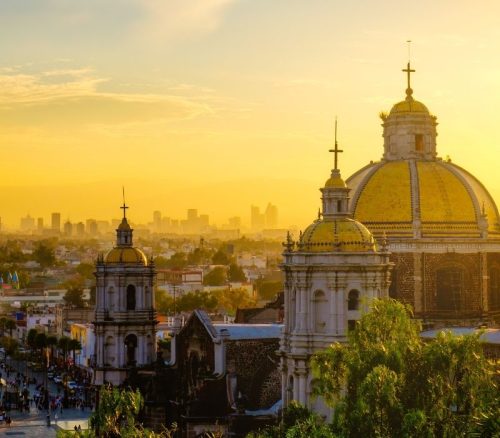Following the tragic news of the Ethiopian Airlines Flight 302 crash on Sunday on March 10, President Donald Trump announced the US ban of Boeing Co’s 737 MAX 8 and MAX 9 jets – thus reversing an earlier statement that the US would keep flying the Boeing aircrafts. This decision followed the grounding of Boeing 737 planes in 42 other countries because of safety concerns. Now however, they are banned worldwide. China was one of the first to ground the aircraft, grounding 96 jets within 20 hours of the crash.
The crash in Ethiopia killed all 157 people on board, and was the second deadly crash of a Boeing 737 MAX 8 plane in the last five months – in October of 2018, a similar incident occurred on a Boeing 737 MAX 8 flight in Indonesia. When a connection was made between the two incidents, numerous pilots, flight attendants, politicians, and consumers were propagating for the MAX 8 ban, before it was officially announced.
When it comes to travelers dealing with the aftermath of the ban, chaos has not necessarily ensued. Although initially some passengers were forced to rebook flights that were scheduled on the Boeing jets, most flights were swiftly moved to other aircraft. As an example, American Airlines only operated approximately 85 daily flights on the MAX 8 out of their 6,700 daily departures, and Southwest utilized about 4% of MAX 8 jets on their daily flights. Air Canada, however, issued a prophylactic statement as a warning that some changes and cancellations may occur as part of the aftermath.
When it comes to travel plans, you may, of course, file claims with your travel insurance companies regarding the grounding, delay, or cancellation of specific flights. If you miss your flight due to delay in the carrier (such as a mechanical issue), similar regulations apply. However, flight cancellation and refund policies vary by airlines and circumstances, so we strongly advise all travelers to check flight status online before embarking on your airport journeys – for the time being.







































































